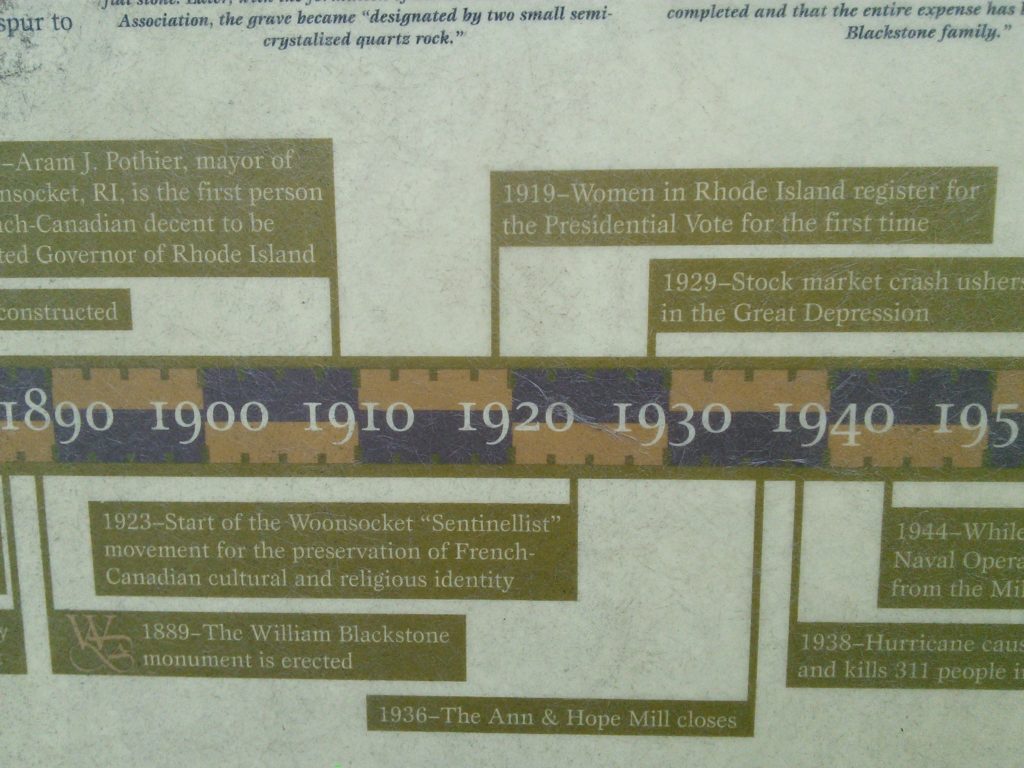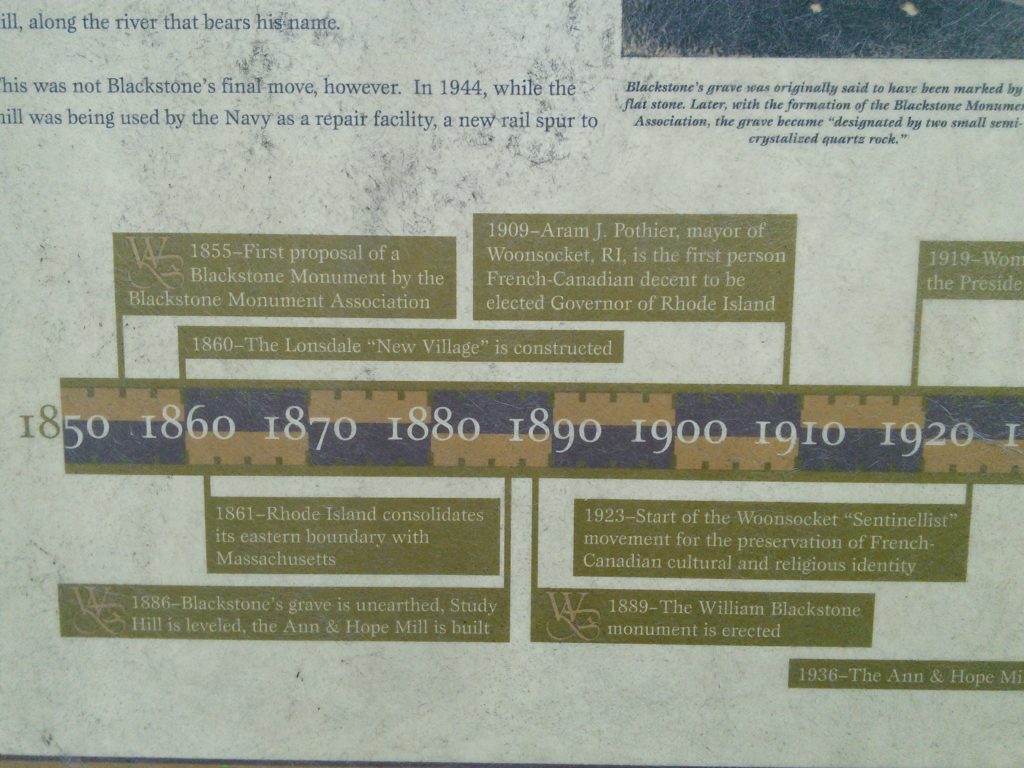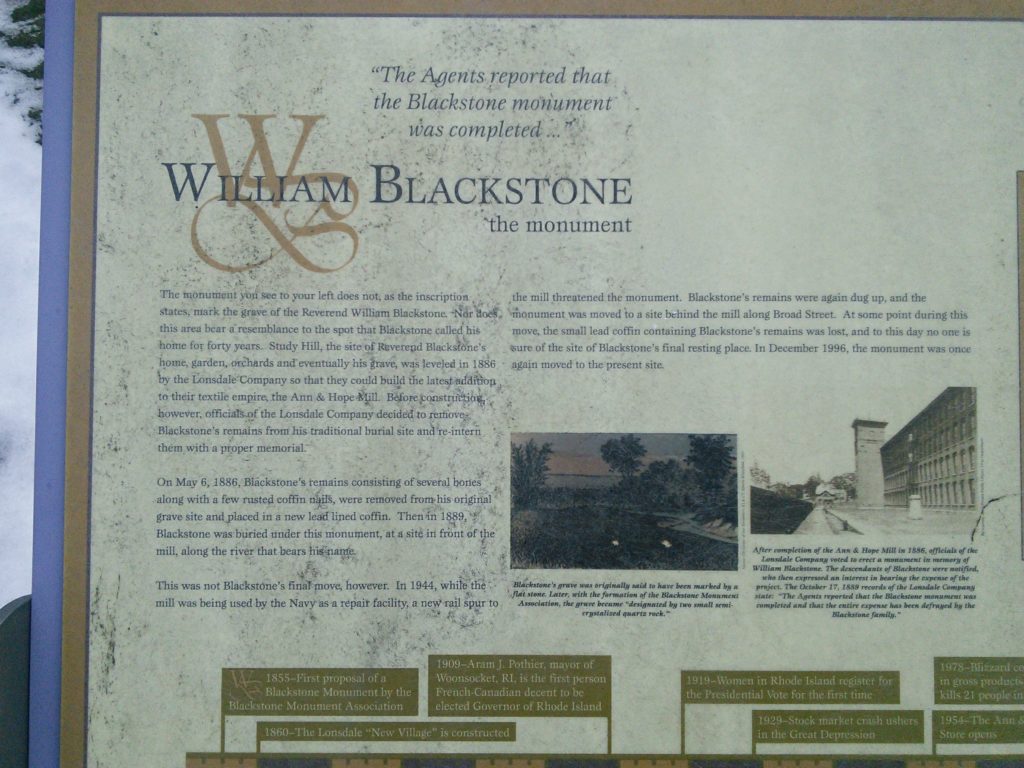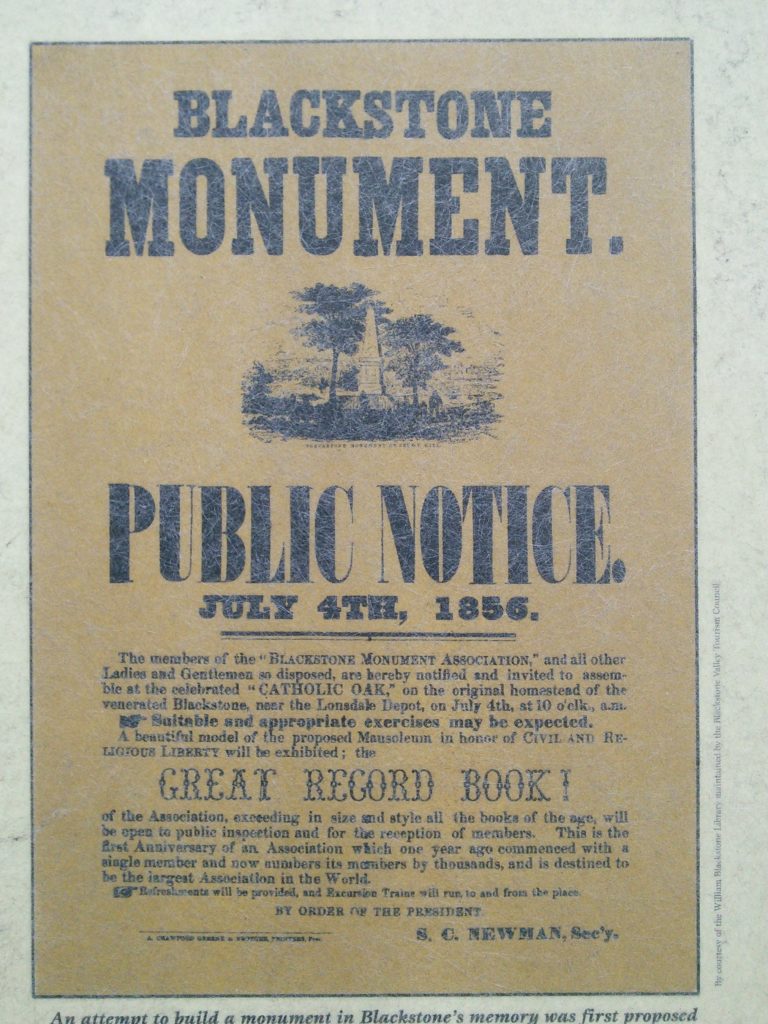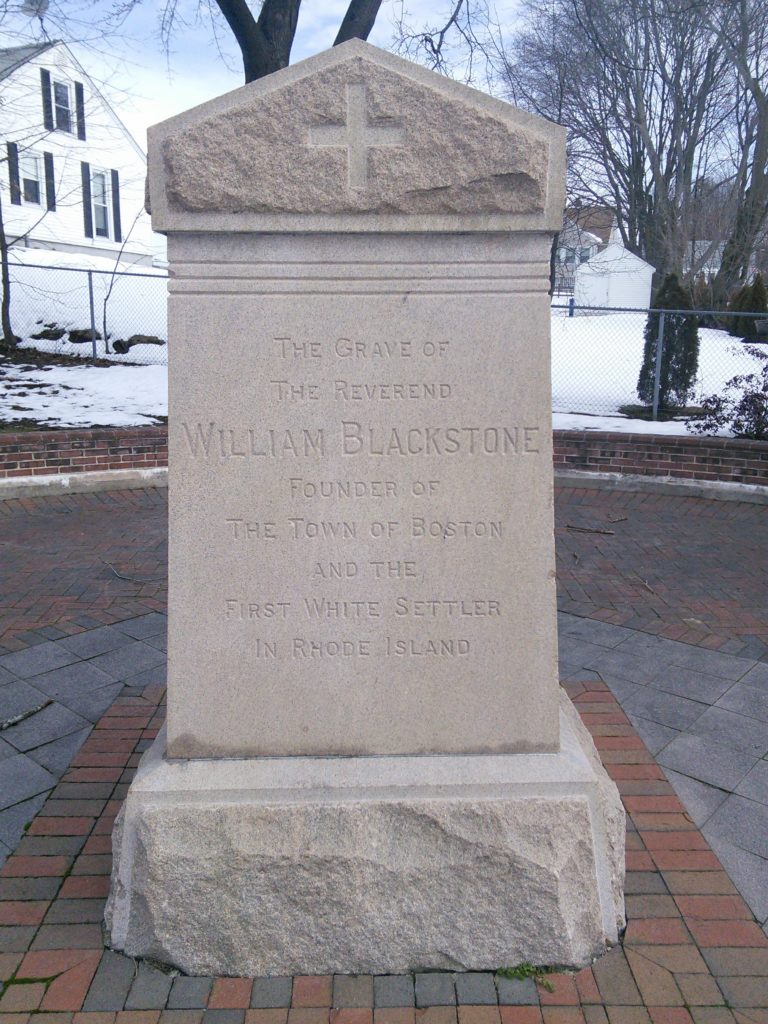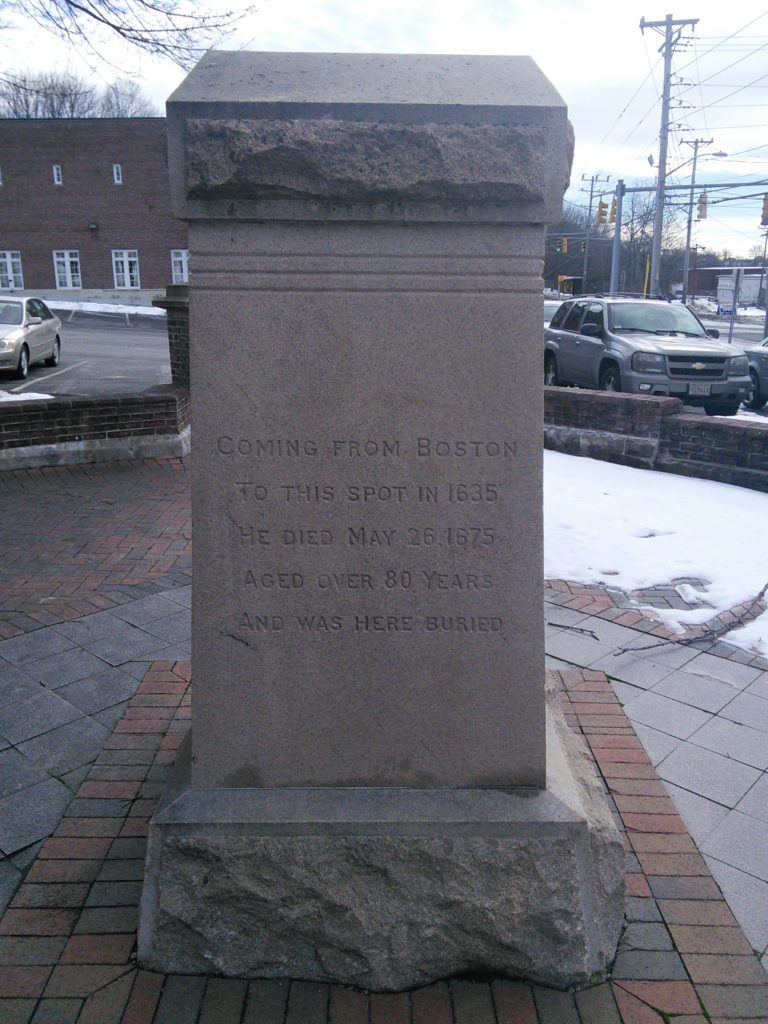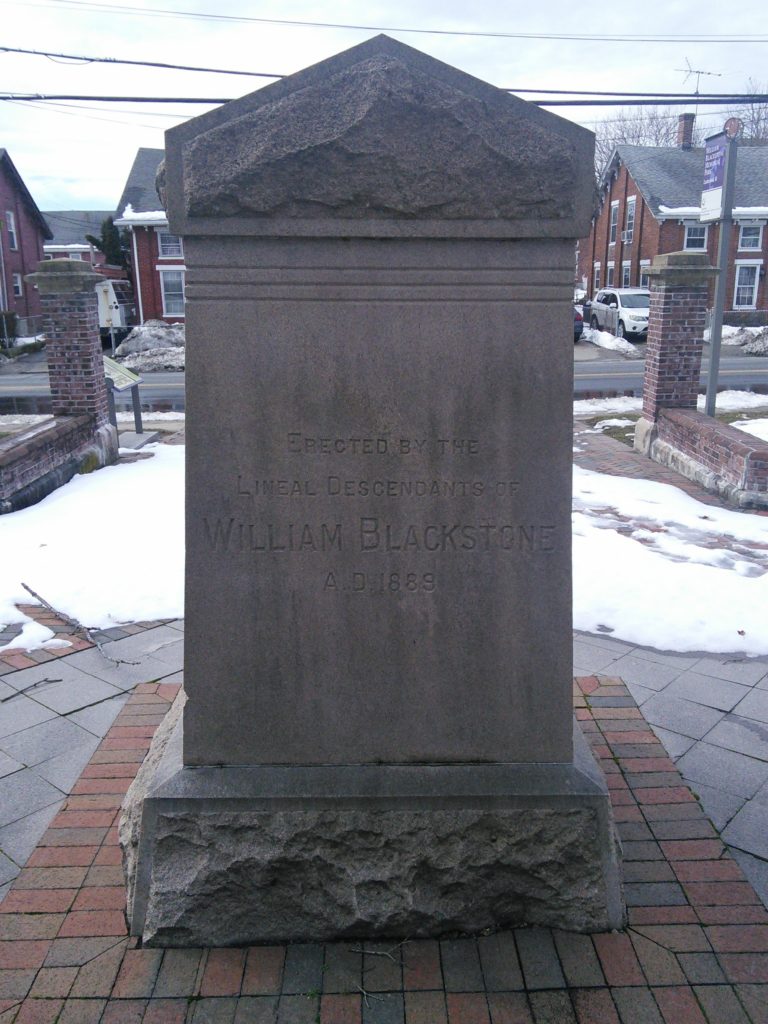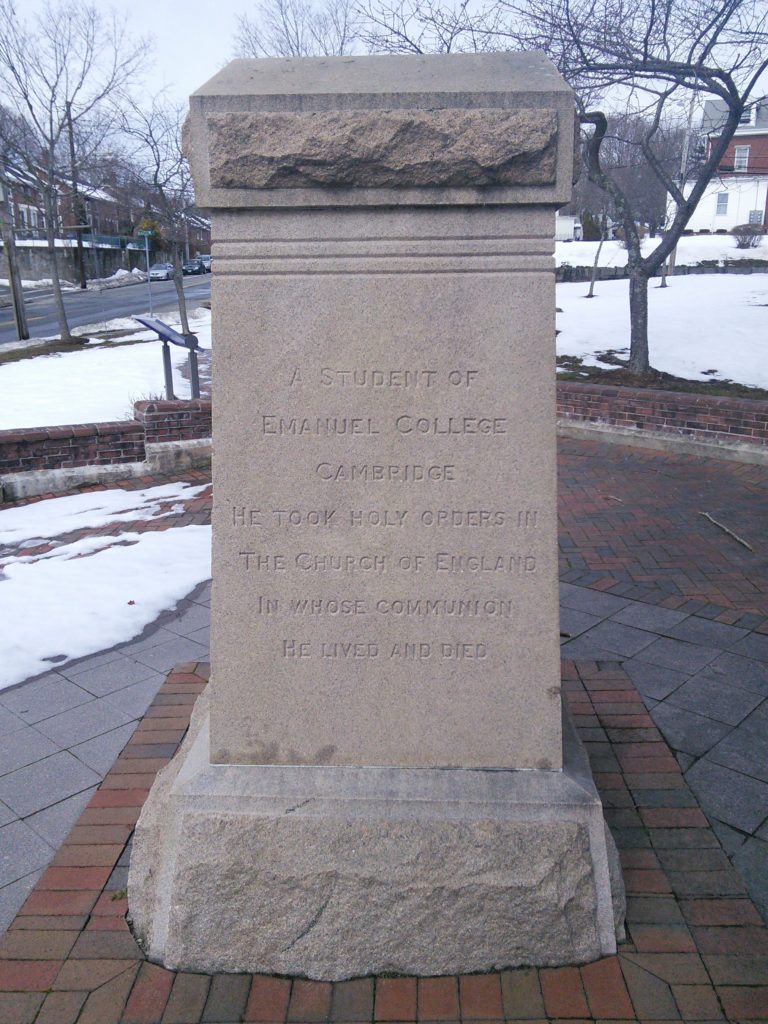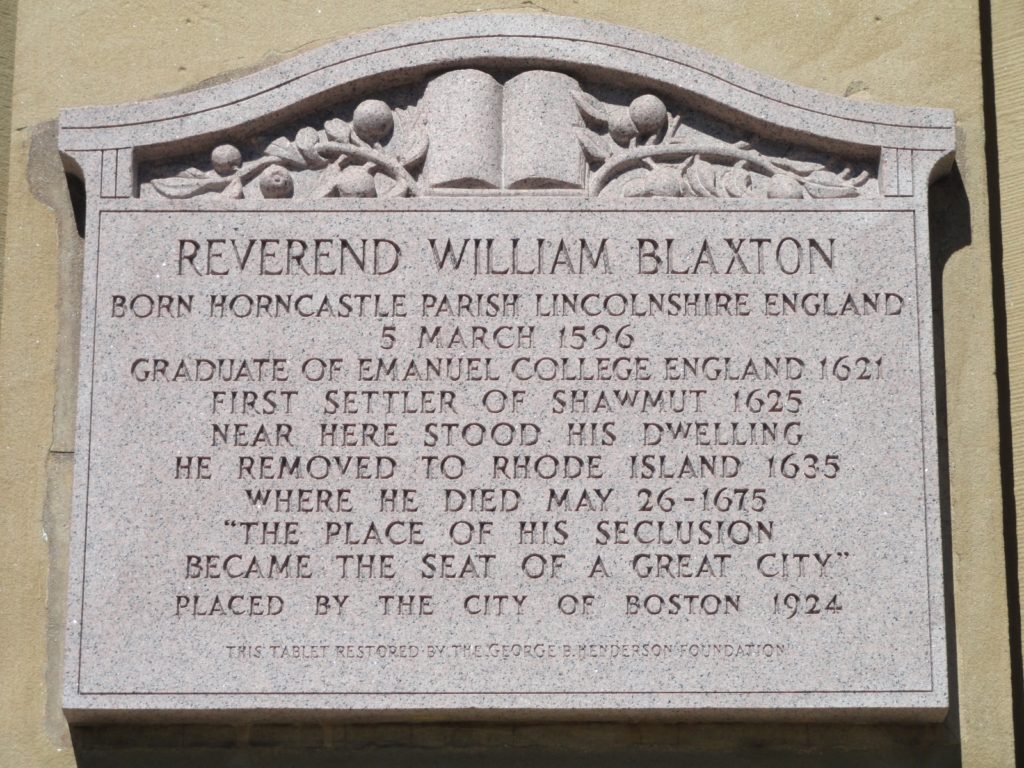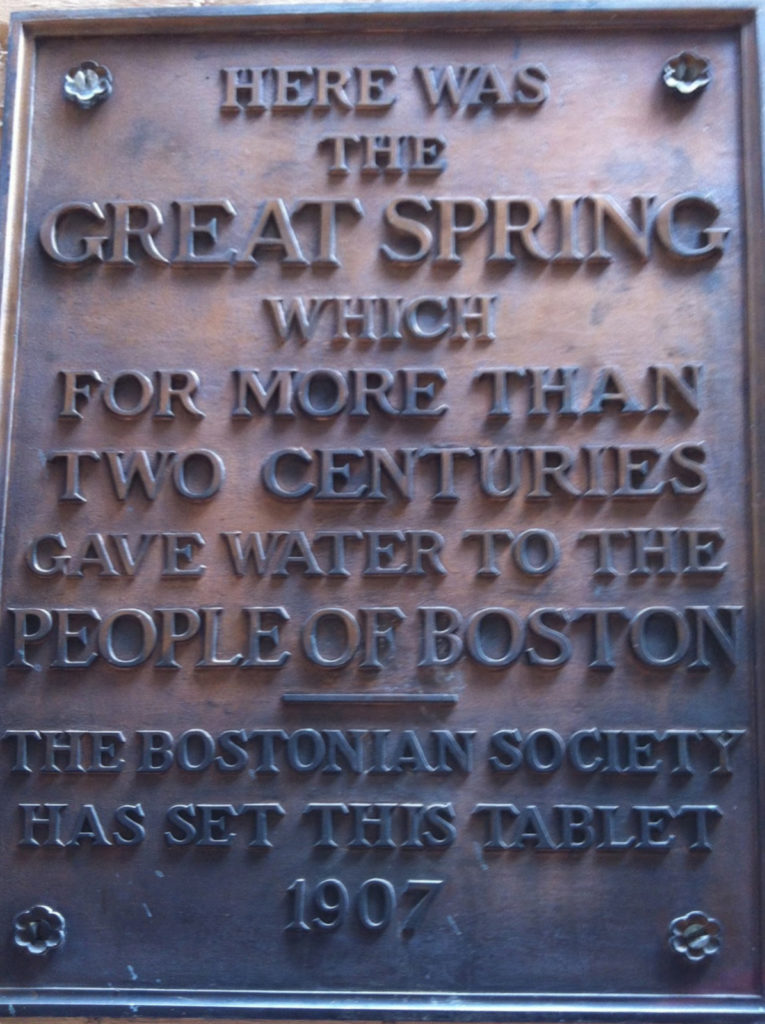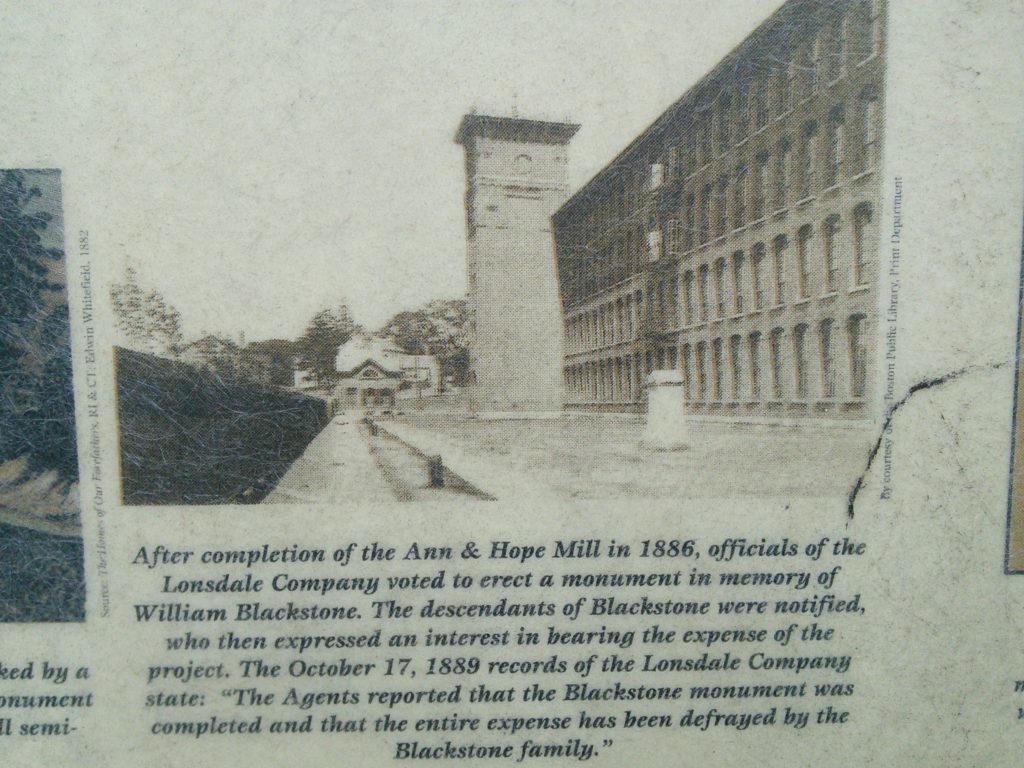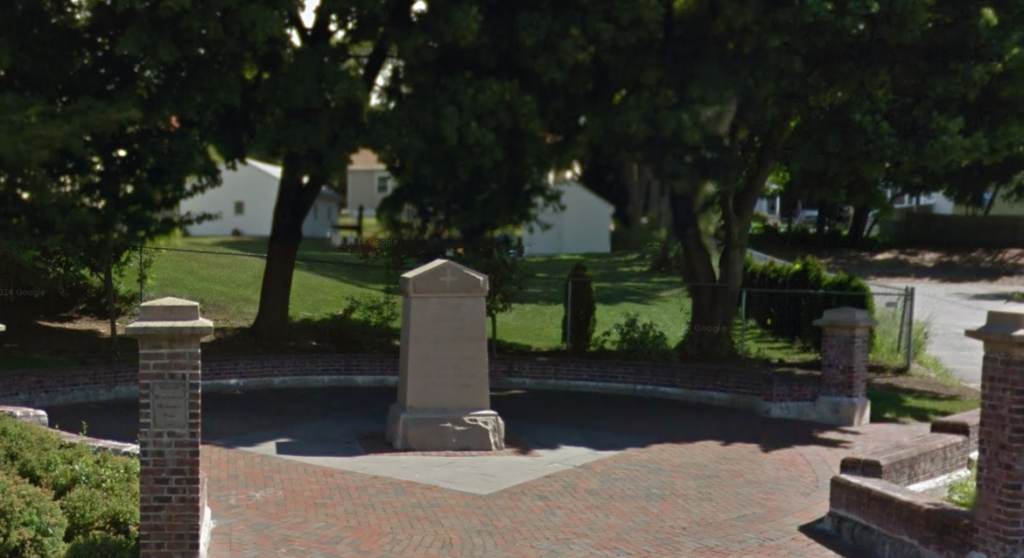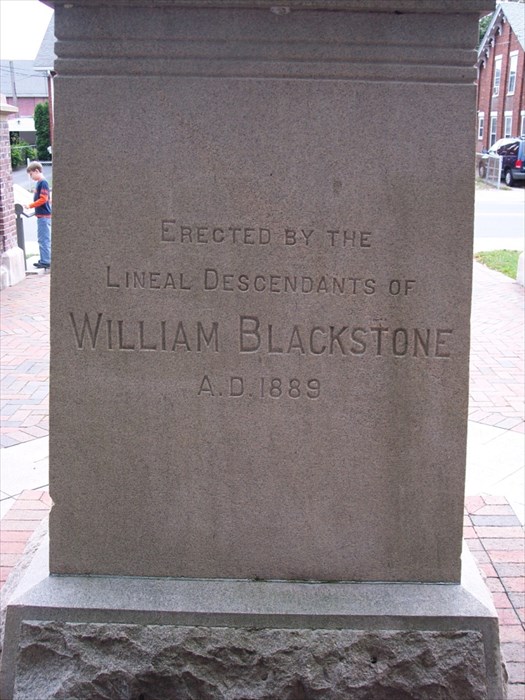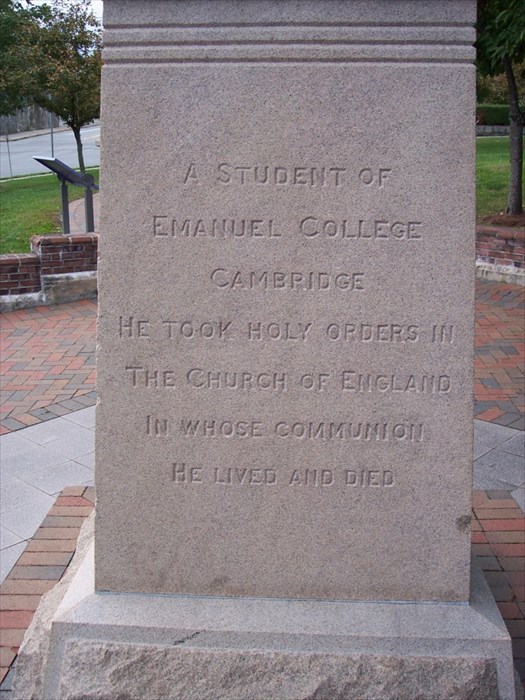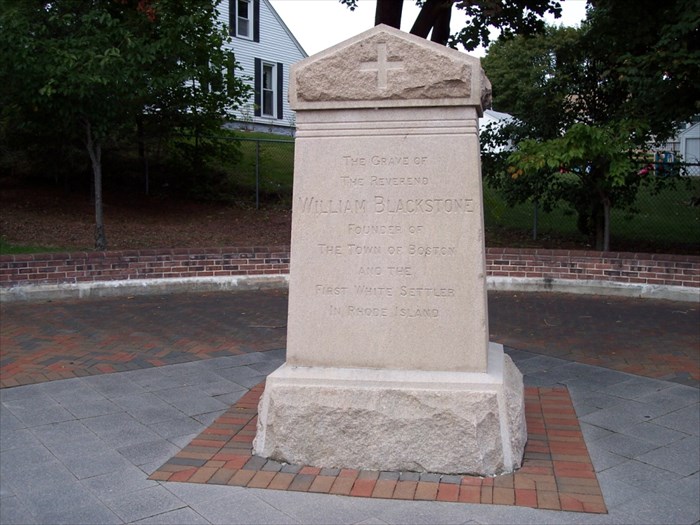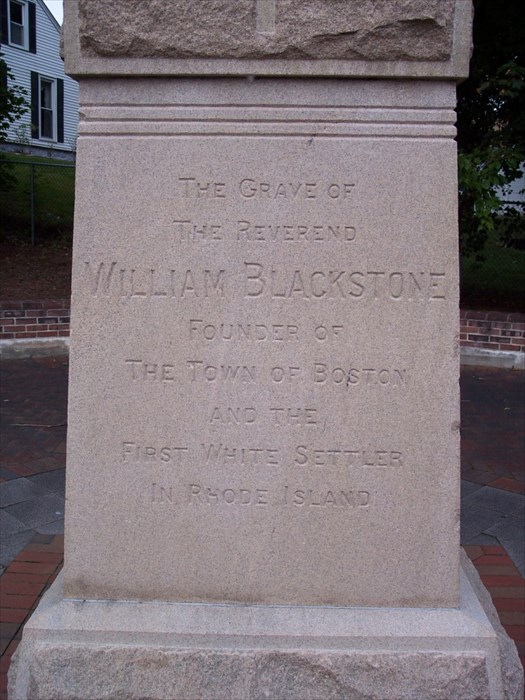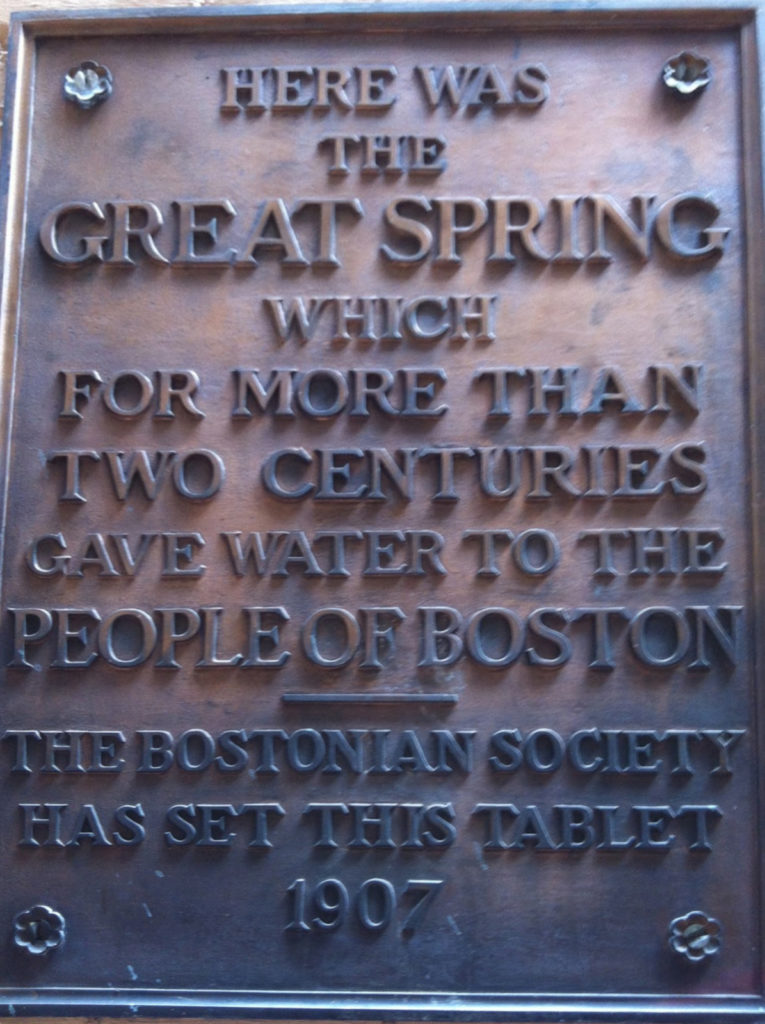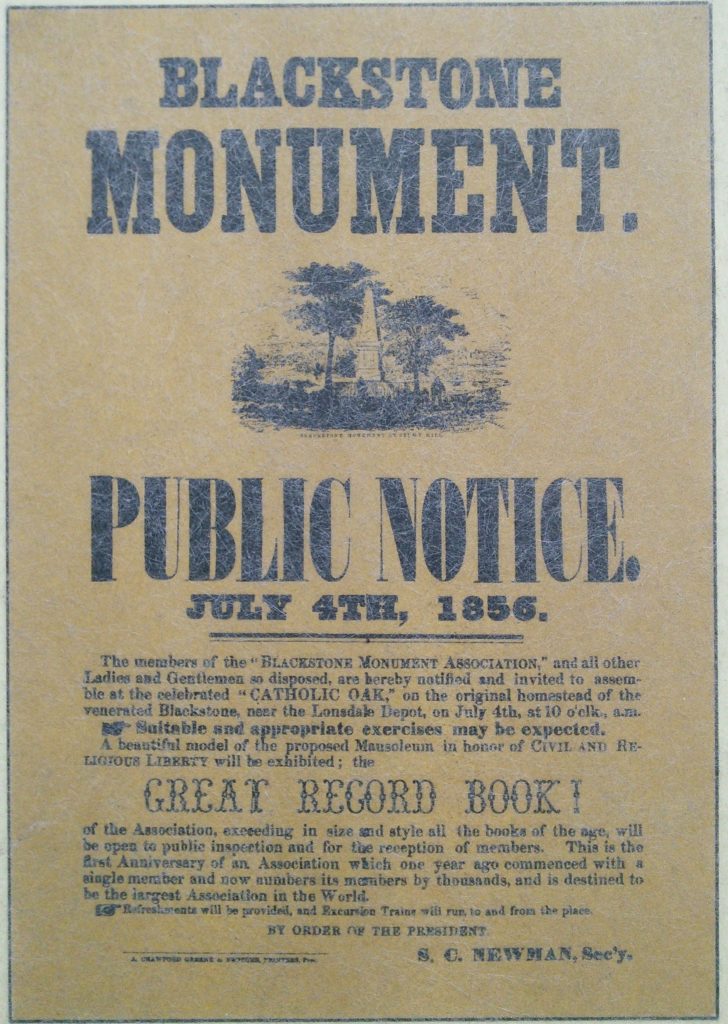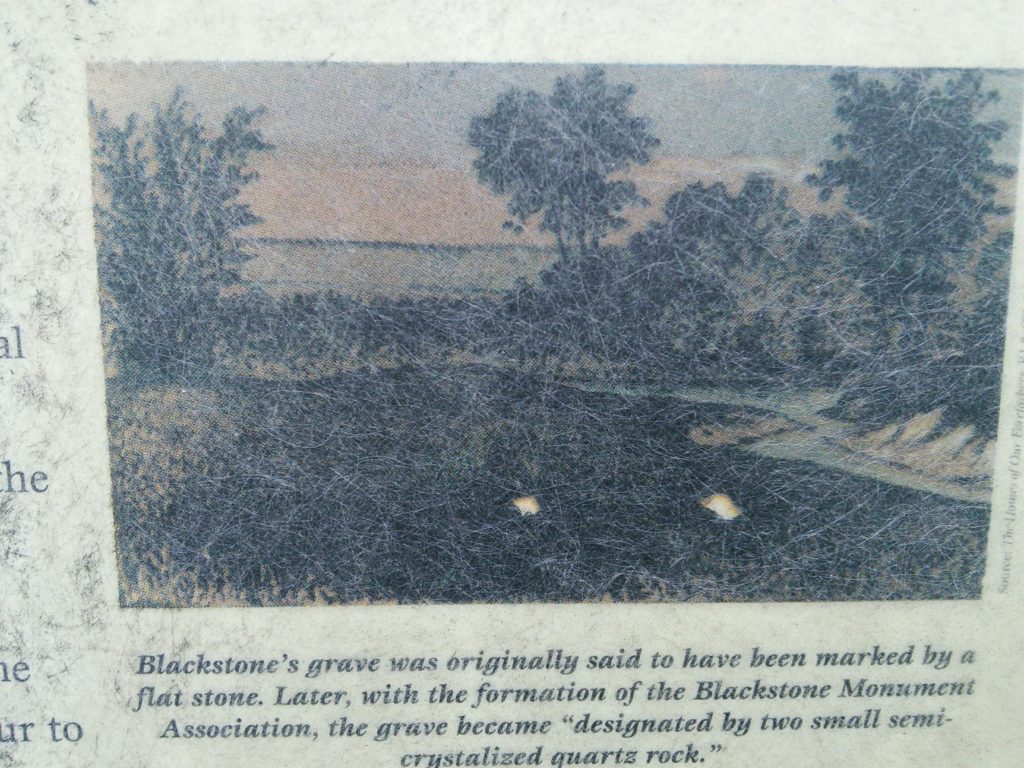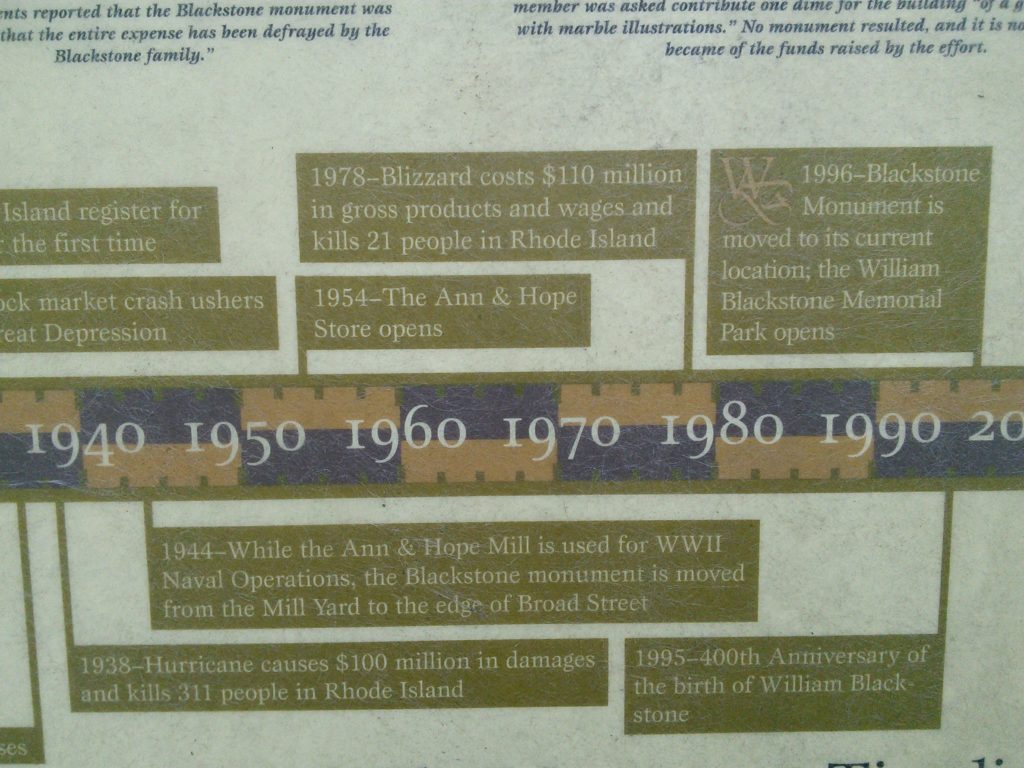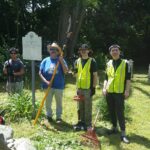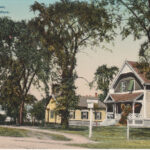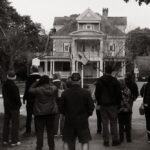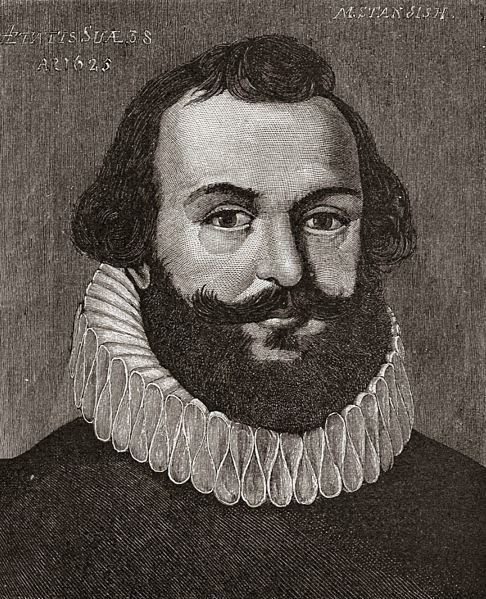
William Blaxton, born on March 5, 1595, in Lincolnshire, England, faced the loss of his mother at age seven and the death of several siblings during his early years. Pursuing higher education, he earned a BA from Emmanuel College in 1617 and an MA from Cambridge University in 1621, followed by his ordination as a priest in the Church of England. Despite his ecclesiastical standing, Blaxton grew disillusioned with the church, becoming a notable nonconformist amid the religious conformities of the time. This dissent likely fueled his decision to migrate to the New World, enticed by reports of a land free from religious persecution, despite rumors of his mission to establish parishes for the Church of England, a notion complicated by his nonconformist reputation.
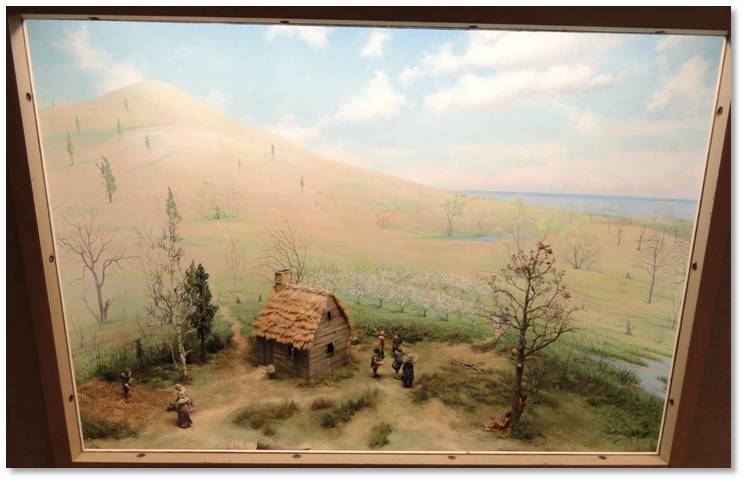
Arriving in what is now New England between 1623 and 1626, Blaxton sought solitude, particularly to continue his studies, bringing along an impressive library of nearly 200 volumes. He settled on the Shawmut Peninsula (modern-day Beacon Hill), without formal claim to the land, hoping its sparse population would grant him peace. Here, he planted the first orchard in the region, now part of Boston Common, and managed a fresh water spring, crucial to the settlers’ survival.
By 1628, Blaxton appeared in records for a tax payment, and by 1630, as Boston’s population boomed, his isolation waned. Despite Governor Winthrop’s arrival and the implicit challenge to his land claim, Blaxton successfully argued for his right to the land through prior occupation, earning respect and legal recognition of his claim by 1633. In 1634, seeking further solitude, he sold much of his land and relocated south, establishing himself in present-day Cumberland, Rhode Island, where he lived out his days in relative seclusion, occasionally visiting Providence on a saddle-trained bull, maintaining a respectful distance from Roger Williams and the new Providence settlers.
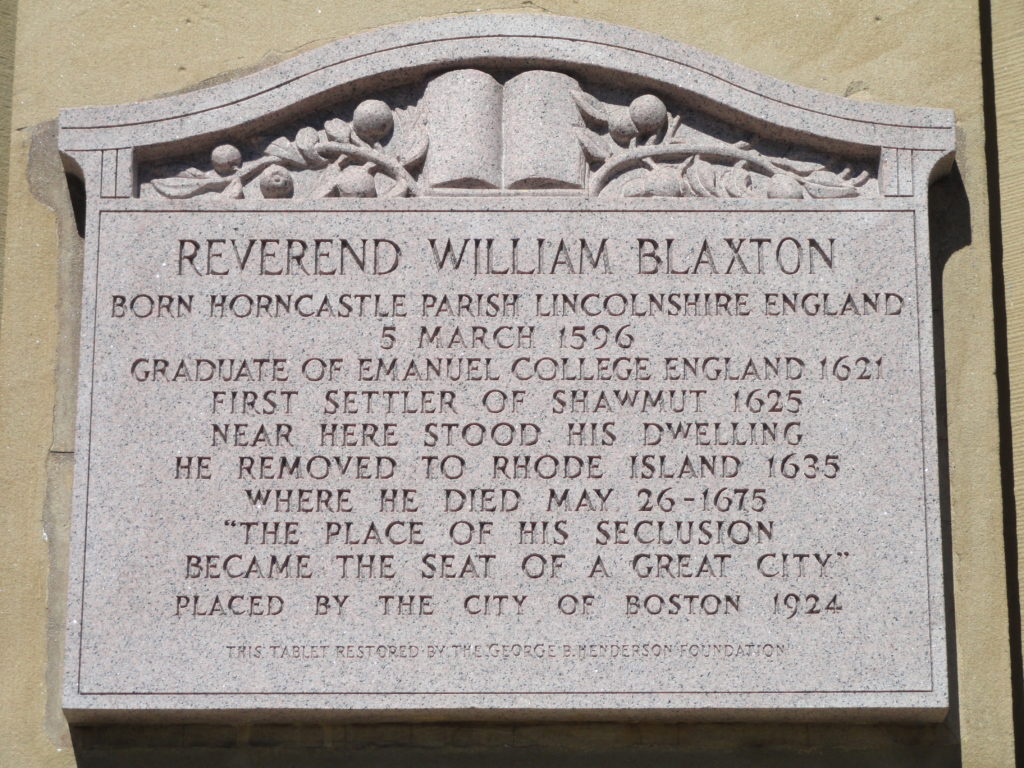
Blaxton married widow Sarah Stevenson in 1659, who had three children from her previous marriage; her son John Stevenson later inherited part of the Blackstone estate. Blaxton’s own son, John, would eventually squander his inheritance, contrasting sharply with his father’s legacy. William Blaxton passed away on May 26, 1675, and following his death, his home and library were destroyed during conflicts with Native Americans.
Years later, efforts to commemorate Blaxton included relocating his remains and erecting a monument near the Lonsdale Company mill, a location later criticized for its industrial setting far removed from the tranquil environment Blaxton had cherished. Despite several relocations of the monument and uncertainty about the final resting place of Blaxton’s remains, his legacy endures through numerous tributes across Massachusetts and Rhode Island, celebrating his life and contributions to the region’s early European settlement.
